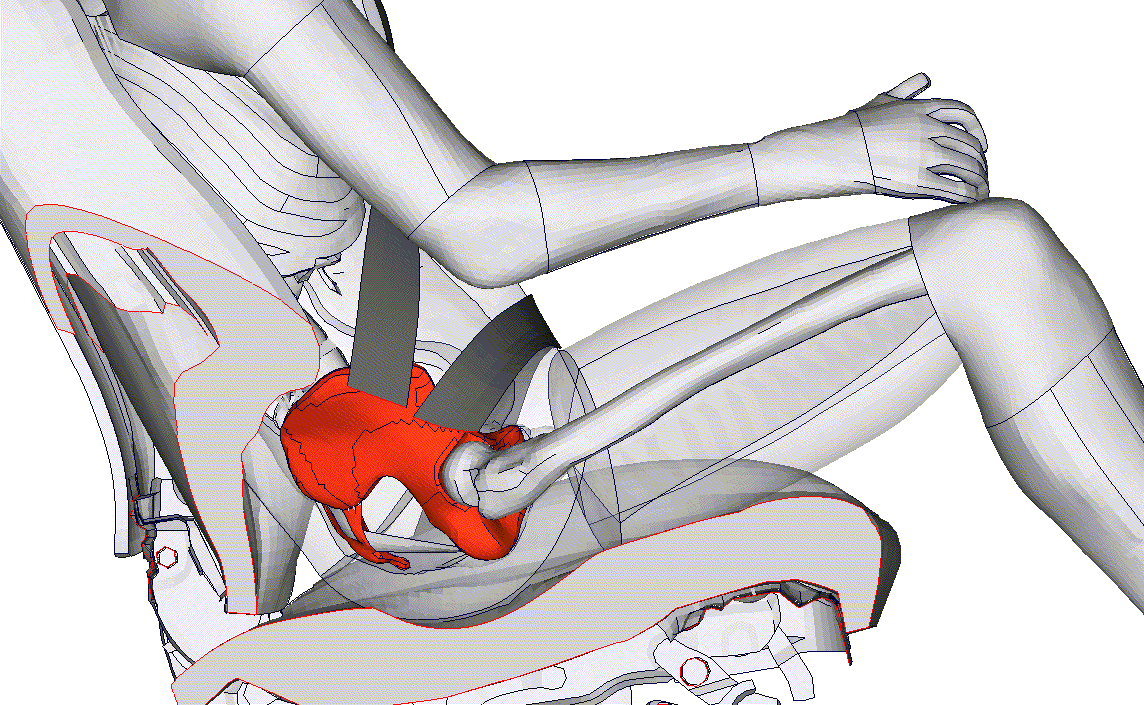A new crash test dummy spine is giving researchers a clearer picture of how vehicle collisions impact older children and smaller females.
Researchers at Neuroscience Research Australia’s (NeuRA) Transurban Road Safety Centre have developed a prototype lumbar spine that more accurately mimics the spine of a small adult, around the size of a 12-year-old girl.
Previously, researchers could not accurately study specific injury risks in small occupants because the lumbar spine of the existing smaller-adult crash test dummy was too stiff.
Small adult females and older child occupants are at higher risk of abdominal injury in a collision due to poor seat belt fit, and the abdomen is the second most vulnerable region of the body after the head. These injuries are caused by ‘submarining’.
What is submarining?
Submarining is when a person’s pelvis rotates under the lap belt and the seat belt rides up into the soft abdomen during a collision, causing injury.
Injury risk is increased further if the person is slouched down in their seat, a position children and small adults often adopt when sitting in a typical car seat, generally designed for larger adult occupants.

The new, prototype spine, modelled on how real human spines move and react to forces, was installed in a crash test dummy for testing in four different seating positions.
The crash testing showed, in conditions where submarining was expected, the dummy equipped with the prototype spine did submarine. In tests where the original spine was used, no submarining occurred.
This new ‘extra bendy’ lumbar spine will potentially enable more accurate assessment of submarining-related injury and could inform vehicle manufacturers design of safer car seats in the future. It could also help regulators and consumer crash testing programs to better assess the safety performance of vehicles for all kinds of occupants.
Safety tips for smaller adults and older children
- Adults: always sit upright in your seat, as slouching can increase the risk of submarining and abdominal and lower spine injuries in a crash. And check out these seatbelt fitting tips.
- Children: keep children in their booster seats until they can get good seat belt fit. Every vehicle is different so use the five-step safety test to check if a booster seat is needed in whatever car your child is travelling in.
Learn more about our partnership with NeuRA.

